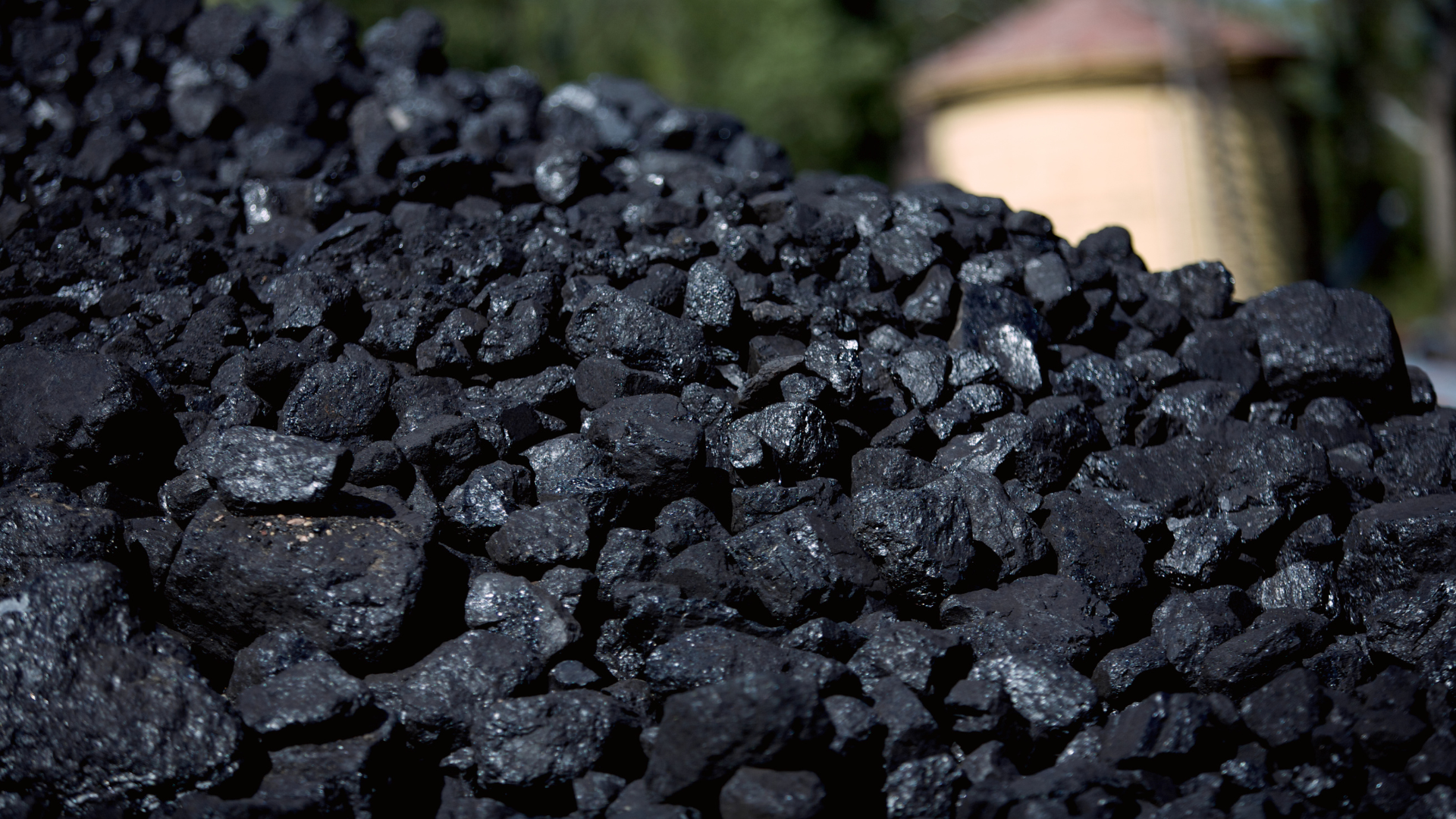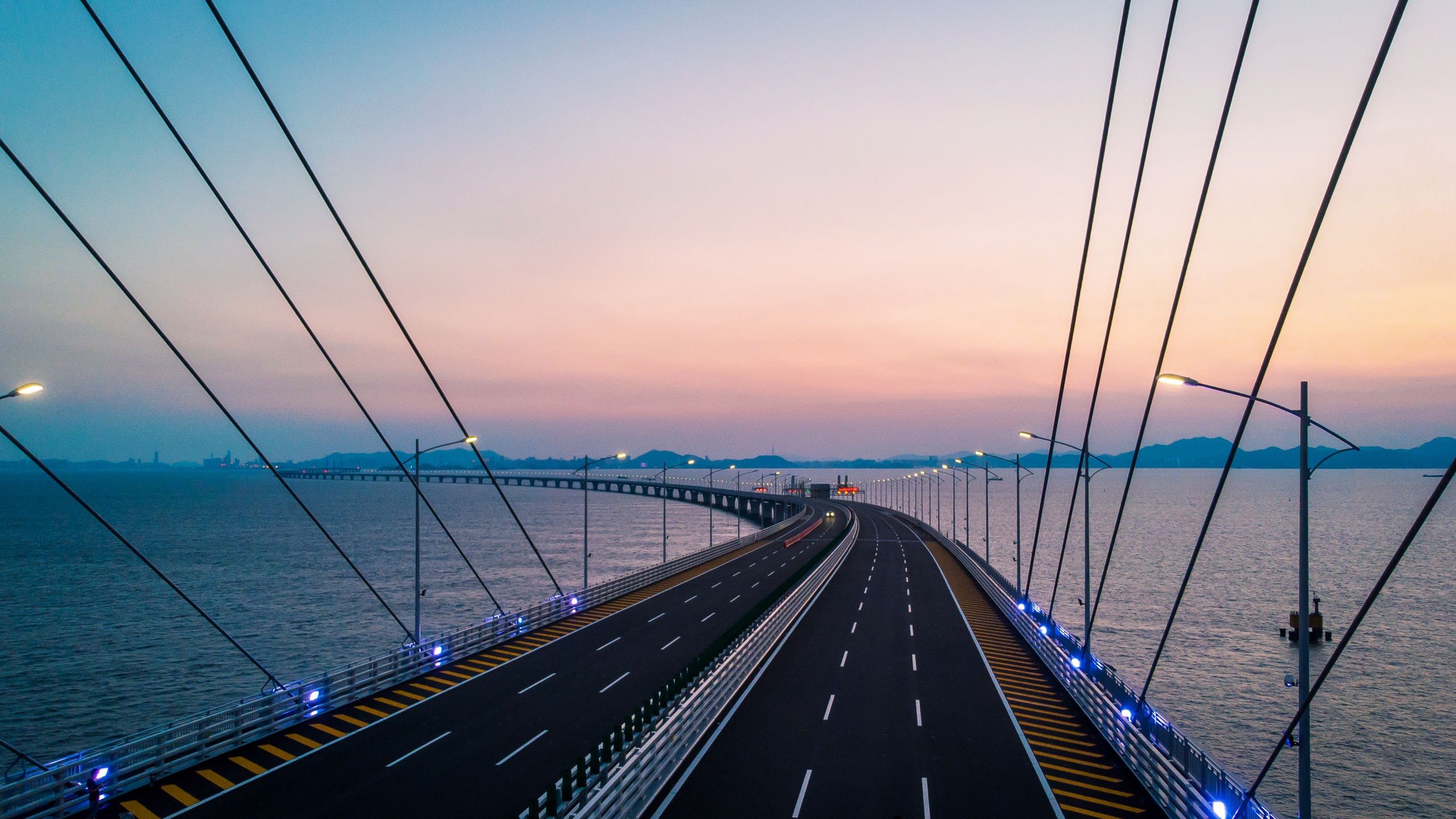Vessels in Yangtze River Delta ECA to use fuel with sulphur content not exceeding 0.5% m/m as from 1 October 2018.
Members' attention is drawn to the attached Circular from the Club's correspondents, Huatai Insurance Agency & Consultant Service Ltd dated 31 August 2018. The MSAs for Shanghai and Zhejiang have issued formal notices that all vessels with destinations Shanghai, Ningbo-Zhoushan and Jiaxing ports will be required to use low sulphur fuel (not exceeding 0.5% m/m) once they enter Yangtze River Delta ECA as from 01.10.2018.
Vessels may apply for limited exemptions from this emission control requirement or take alternative compliance measures such as using clean fuels, exhaust gas cleaning system or shore power facilities. For additional information, please refer to the attachment herewith.




